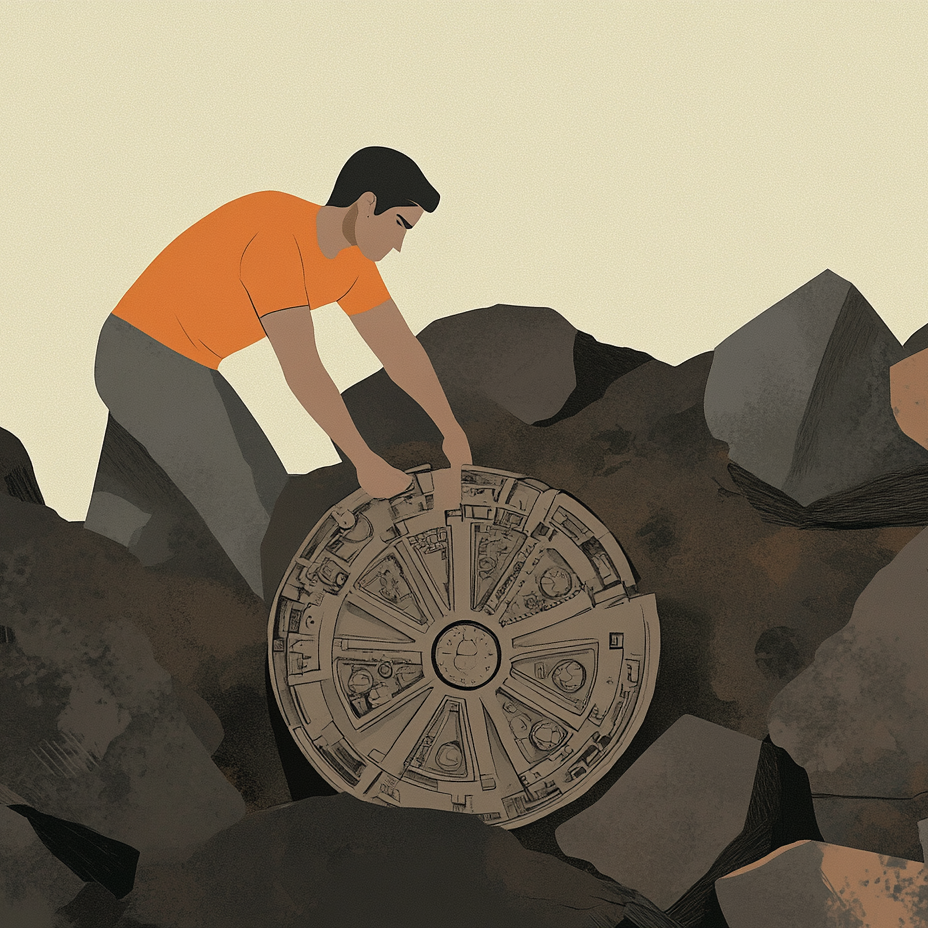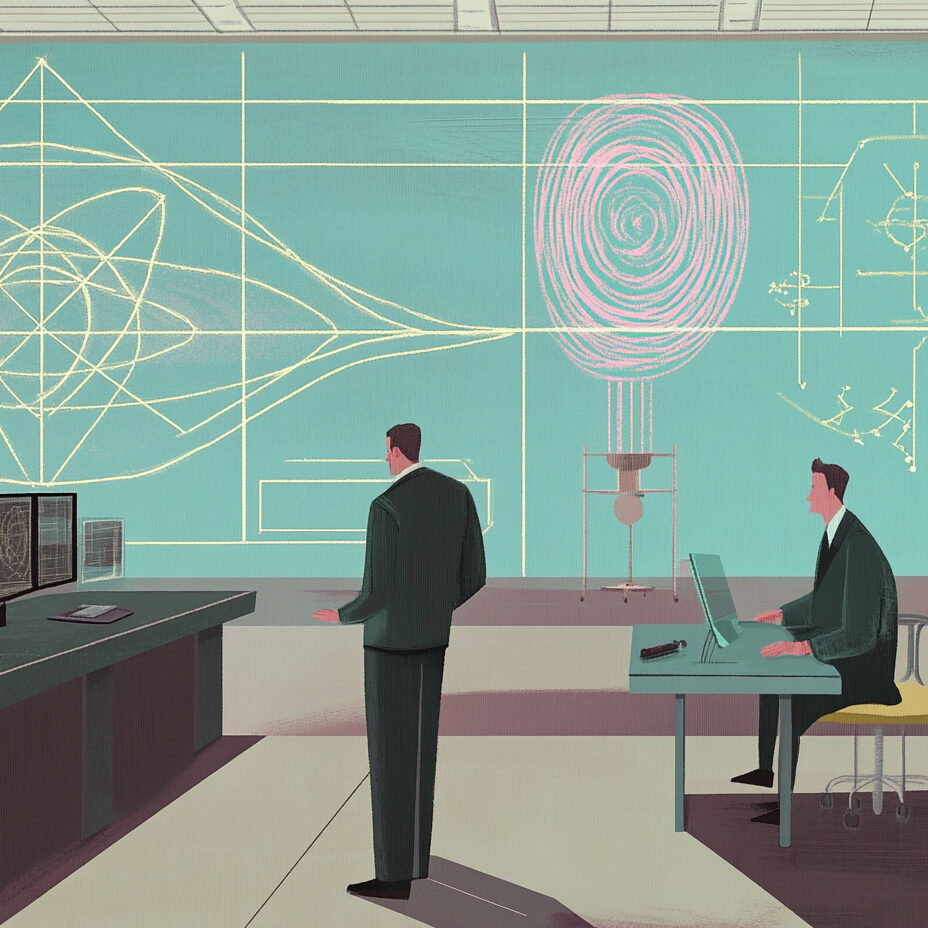The Future is a Simulation

Part 3
Virtual
Prototyping
Editor’s note: The third installment of this series covers the approaching end of the era of iterative design. The rise of virtual prototyping means the fall of design thinking, otherwise knows as 'move fast and break things.'
For most companies, innovation is an organizational, social, and cultural challenge even over a design or technical challenge. The root of all of these challenges is risk — specifically, the complexity and ambiguity that make it difficult to assess and manage risk.
In October 2023, about four months before NVIDIA posted the largest single-day gain in the history of capitalism, Jensen Huang (Co-founder & CEO) gave an interview on the implications of “virtually prototyping” the Riva 128 3D graphics chip in 1997: not only a watershed moment in NVIDIA’s history but a paradigm shift in how chips would be produced henceforth. He asked, “What would you do if you knew your first attempt would be perfect?” He goes on to describe how he effectively bet the company on the success of the Riva 128 before it was fabricated, a high-stakes gamble that he was able to make thanks to the virtual prototyping process.
What would you do if you knew your first attempt would be perfect?
JENSEN HUANG
SAFE TO FAIL
The Future is a Simulation
PART 1
An Ancient Strategy
PART 2
The AI Spring
PART 3
Virtual Prototyping
PART 4
Focus Areas and Tools
PART 5
How to Get Started
It’s intriguing not least because it flies in the face of the stale hegemonies of Design Thinking, Lean, and Agile, all of which favor iteration over perfect first attempts. All three sprouted from the corporatism that predated them but eventually became ideologies. Co-creation, empathy, feedback loops, iteration, Post-its: these were all only ever intended to be means to an end, tactics in service of the real goals of getting it right, of shipping, of winning. Somewhere along the way, the means became the end.
Here are just a few examples of how simulation challenges or obviates Design Thinking, Lean, and Agile Methodologies.
1. Efficiency
Simulation allows for rapid testing of scenarios and variables in a virtual environment. This capability dramatically accelerates the innovation process, potentially bypassing the iterative cycles of prototyping and feedback central to Design Thinking and Agile methodologies. Where Design Thinking might spend weeks on empathy work and prototyping, and Agile cycles through sprints to evolve product features, simulation can model these steps much faster, providing immediate insights based on complex data interactions.
2. Precision
Unlike Lean's focus on eliminating waste through incremental improvements and Agile's emphasis on adaptability through continuous iteration, simulation offers a way to predict outcomes before any physical or substantial financial investments are made. This ability to foresee and troubleshoot potential issues in a virtual setting minimizes risk and reduces the likelihood of costly pivots later.
3. Scope
Simulation enables testing in environments and scenarios that might be impractical or impossible to arrange in real life due to cost, safety, or geographical limitations. This expands the scope of innovation, allowing for the exploration of ideas that might be dismissed as too risky or expensive under traditional methods.
4. Scale
Research with synthetic audiences, composed of agents modeled on real users, significantly speeds up data collection and refinement. Each agent behaves based on patterns derived from real user data, allowing for accurate simulations of complex interactions. This enables continuous testing, offering deeper insights and enhanced scalability beyond traditional methods.
4. Integration
As products and services increasingly integrate with complex systems, the limitations of traditional methodologies to handle multi-layered complexity become apparent. Simulation provides a holistic view that can integrate these complex systems into the innovation process more seamlessly than the relatively compartmentalized approaches of Design Thinking, Agile, and Lean.
These all add up to significant savings in time and money, while also expanding the reach, size and complexity of the testing we can perform.
Just as GPU architecture design is a complex process situated within a comprehensive system of variables — including operating conditions, system configurations, software and drivers, and usage scenarios — corporate innovation similarly unfolds within the complex ecosystem of a corporation.
In GPU design, variables like operating conditions affect performance and durability, while system configurations and software optimizations directly influence efficiency and capability. These elements must be balanced and optimized to achieve the desired outcomes, necessitating a deep understanding of both the components involved and their interactions within the broader system.







